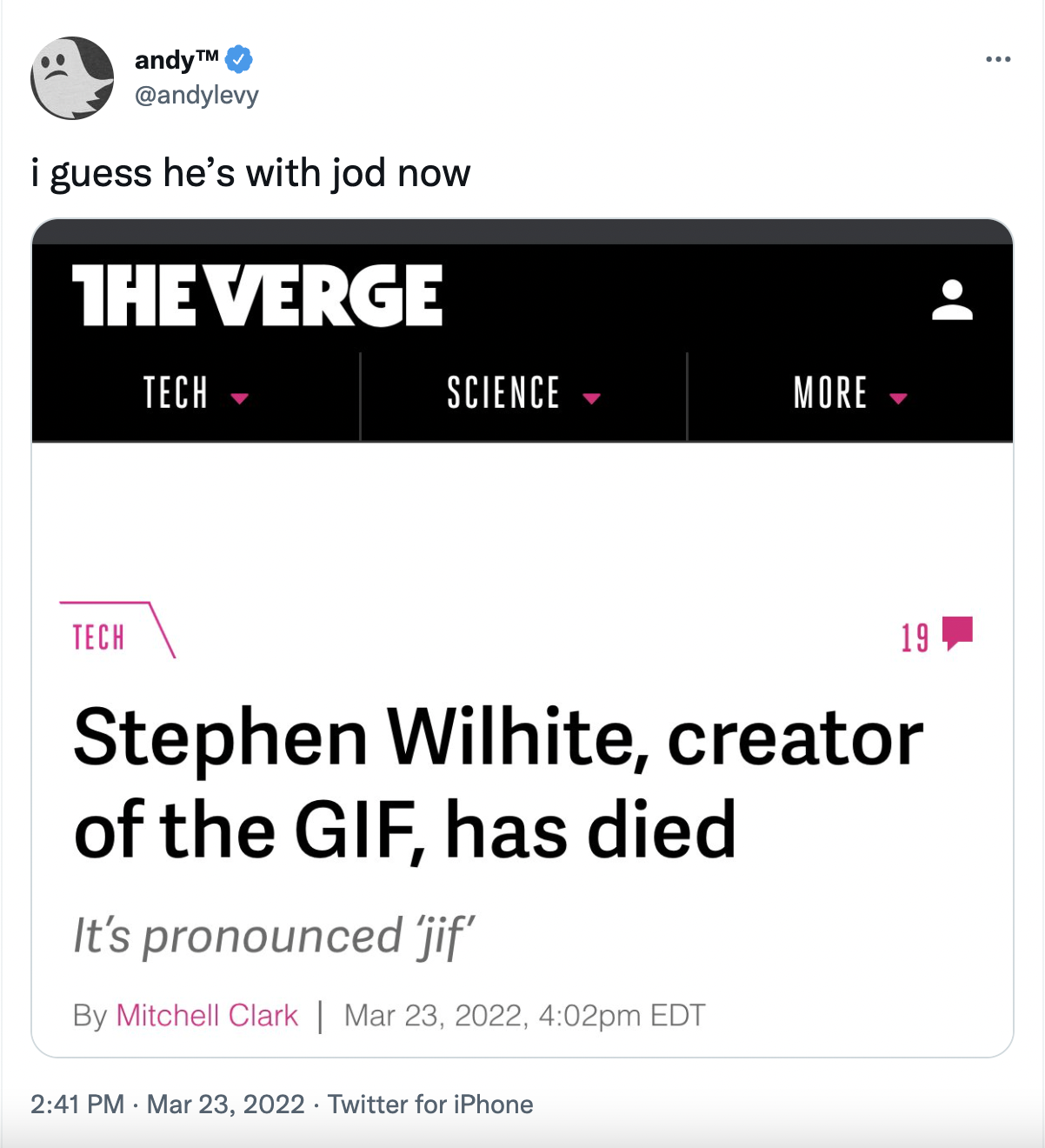“Younger women have closed the pay gap or are outpacing their male counterparts [emphasis mine] in nearly two dozen U.S. metropolitan areas, according to research published Monday, as gains in higher education and more transparency about what people earn help defy entrenched disparities.”
That’s from the Washington Post, so, you know, grain of salt and all that. But still.
Is it too late to change the title of this post? Because I for one welcome our new female overlords.


